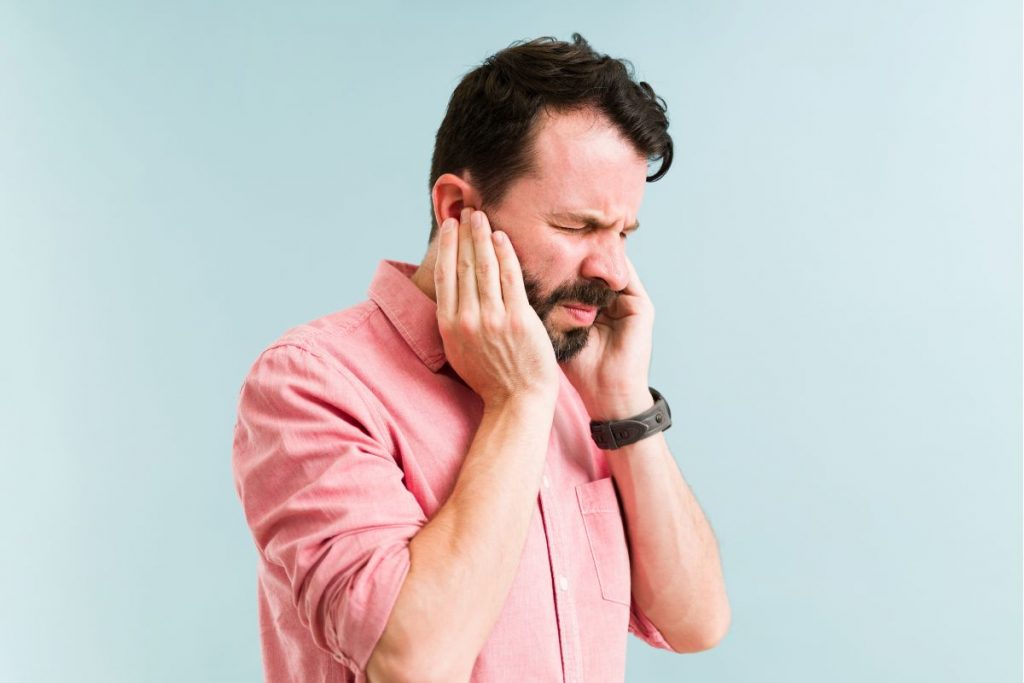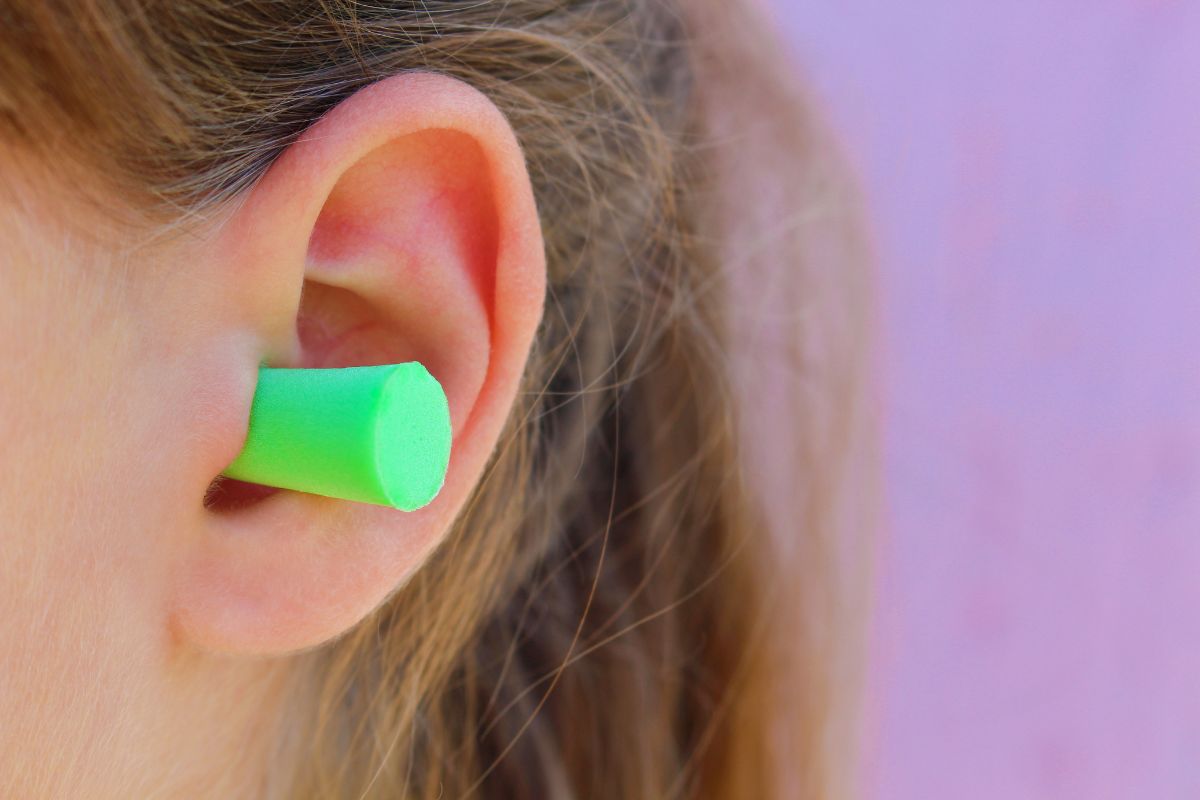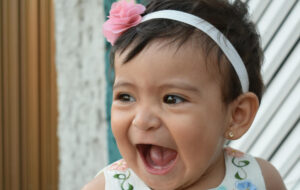Introduction to Dealing with Foreign Objects in the Ear
In this article, Dr Shree Rao talks about dealing with foreign objects in the ear. She is the Best Doctor for Cochlear Implants.
In the realm of ear health and safety, the unexpected occurrence of foreign objects becoming lodged in the ear can be a disconcerting experience. These incidents often transpire inadvertently, particularly among children and individuals working in specific environments. Acquiring the knowledge and techniques to promptly and effectively manage foreign objects in the ear is of paramount importance to prevent discomfort, potential hearing damage, and associated complications. Under the expert guidance of Dr. Shree Rao, a distinguished authority in the field of otolaryngology, this comprehensive guide has been crafted to empower individuals with the skills necessary to safely and expeditiously address foreign objects in the ear. By doing so, one can ensure optimal ear health and overall well-being.
Foreign objects in the ear, while more frequently encountered in children, can affect individuals of all ages. The discomfort and potential risks associated with foreign objects in the ear underscore the significance of understanding how to navigate these situations in a safe and effective manner. This article imparts expert guidance on the management of foreign objects in the ear, encompassing key aspects such as identifying the types of objects involved, recognizing signs and symptoms, taking immediate actions, and discerning when to seek professional assistance.

Types of foreign objects
A diverse range of foreign objects has the potential to become lodged in the ear canal, each presenting unique challenges and considerations for safe removal. These objects encompass:
- Insects
- Small toys
- Food particles
- Beads
- Buttons
- Earwax
- Debris from outdoor activities
The specific nature of the foreign object plays a pivotal role in determining the most appropriate course of action for the safe and effective removal of the object. Therefore, understanding the type of object involved is of utmost importance when addressing such incidents.
Common scenarios
Foreign objects in the ear are notably more prevalent in children due to their natural curiosity and tendency to explore their environment. Children, especially toddlers and young kids, may inadvertently place small items into their ears while playing, out of curiosity, or in attempts to clean their ears themselves. These objects can range from tiny toys, beads, or even food particles. The common scenarios in which these incidents occur often involve unsupervised playtime, children mimicking adults using cotton swabs or small objects, or accidental mishaps during meals.
Understanding these common scenarios is crucial for prevention and swift intervention. Parents and caregivers should be vigilant when children are playing with small objects and provide proper supervision. Moreover, it’s essential to educate children about the potential risks and discomfort associated with inserting objects into their ears. Swift intervention, guided by medical professionals, is necessary in the event of an ear foreign object incident to ensure the safety and well-being of the child.
Signs and symptoms
Recognizing the signs and symptoms of a foreign object in the ear is of paramount importance. Symptoms may encompass pain, discomfort, a sense of fullness, hearing impairment, and, at times, drainage or bleeding from the ear. Vigilance regarding these indicators is crucial.
A foreign object lodged in the ear can induce significant pain and discomfort, with the intensity varying based on factors like the object’s size, shape, and location within the ear canal.
Individuals experiencing a foreign object in the ear frequently describe a persistent sensation of fullness or blockage in the affected ear. This sensation can be distressing and may lead to anxiety.
The presence of a foreign object in the ear can obstruct sound waves from reaching the eardrum, resulting in varying degrees of hearing loss. The extent of hearing impairment correlates with the size and position of the object.
In some instances, foreign objects may cause minor injuries or irritation to the delicate lining of the ear canal, potentially leading to drainage of fluids or slight bleeding from the ear. The observation of any discharge or blood signifies a potential issue.
Tinnitus, characterized by the perception of noise like ringing or buzzing in the ear without any external source, may accompany a foreign object in the ear.
Recognition of these signs and symptoms is essential for individuals and caregivers. When any of these indicators are noticed, immediate action should be taken by seeking professional medical assistance. Attempting self-removal of the object is discouraged, as it can result in further complications or injury. Early intervention by a healthcare provider or otolaryngologist is the safest and most effective approach to address a foreign object in the ear.
Safety precautions
In the pursuit of maintaining ear health, particularly in children, the importance of proactive measures to prevent foreign objects from entering the ear cannot be overstated. These measures not only safeguard the well-being of individuals but also serve as a preventive strategy to avert the need for potentially uncomfortable interventions. The following are essential measures that should be taken into consideration:
- Childproofing the environment – Children, in their natural curiosity, often explore their surroundings by inserting objects into their ears. To mitigate the risk of foreign objects becoming lodged in the ear canal, it is imperative to childproof the environment. This includes securing small items, such as coins, beads, or small toys, out of the reach of children. By establishing a secure and child-friendly space, caregivers can significantly diminish the likelihood of foreign objects entering the ear.
- Education and awareness – Imparting knowledge to children about the risks associated with inserting foreign objects into their ears is a pivotal aspect of prevention. Children must be made cognizant of the delicate nature of their ears and the potential consequences of such actions, including discomfort and harm. Caregivers, parents, and educators are instrumental in ensuring that children comprehend the repercussions of their actions.
- Supervision – The provision of diligent supervision represents another cornerstone of prevention. It is incumbent upon adults to actively monitor children during playtime, especially when small objects are present. Through vigilant oversight of children’s activities, caregivers can swiftly intervene in the event of any observed attempts to introduce foreign objects into the ear.
- Safe play materials – Offering children play materials that are not only safe but also age-appropriate is of utmost importance. Providing toys devoid of small, detachable parts that could easily find their way into the ear canal is crucial. Opting for toys specifically designed for a child’s age group minimizes the risk of foreign objects becoming lodged in the ear.
- Clear communication – Open and transparent communication between adults and children plays a pivotal role. Encouraging children to promptly report any discomfort or incidents related to foreign objects in their ears is essential. Fostering an environment where children feel at ease discussing such matters is instrumental in facilitating early detection and intervention.
Immediate actions

- Stay calm – The significance of a calm and composed demeanor cannot be overstressed. Panic can exacerbate the situation, causing distress to the affected individual and potentially complicating the removal process. By staying calm, one can create an environment of reassurance and stability.
- Ensure stillness – The next crucial step is to gently encourage the individual with the foreign object in their ear to remain as still as possible. Minimizing sudden movements or excessive handling of the ear can help prevent the object from moving deeper into the ear canal. Advise the person not to probe the ear with fingers or any objects, as this can push the foreign object further in or cause injury.
- Tilt the head – To potentially facilitate the removal of the object, instruct the affected individual to tilt their head to the side of the ear with the foreign object. This action is undertaken with the intention of allowing gravity to work in favor of dislodging the object. By positioning the affected ear downward, there is a chance that the foreign object may naturally fall out. It’s important to maintain this head position until further steps can be taken.
- Refrain from additional actions – It is imperative to reiterate that, at this stage, there should be no attempts to extract the foreign object using tools, cotton swabs, or any other objects. Such actions can lead to complications, including pushing the object deeper into the ear canal or causing injury. The primary objective is to create a conducive environment for the object to dislodge itself.
- Seek professional assistance – If the foreign object does not dislodge itself or if there is any doubt about the safety of removal, it is highly advisable to seek professional medical assistance promptly. A healthcare provider or an otolaryngologist (ear, nose, and throat specialist) possesses the expertise and specialized instruments required for safe and effective removal. Delaying professional assistance is discouraged, as it could lead to further complications or discomfort.
When to seek medical help
Certain foreign objects lodged in the ear demand specialized expertise for safe extraction. Sharp items or objects like batteries pose significant risks and should not be dealt with at home. When conventional removal methods prove ineffective, seeking the aid of a healthcare provider or an ear, nose, and throat specialist becomes paramount. Their training and tools enable them to address complex cases while minimizing potential complications. It is essential to recognize when a situation necessitates professional medical assistance, prioritizing the safety and well-being of the affected individual.
Safe removal methods
Here are the safe removal methods for non-harmful foreign objects:
- In the case of insects, tilting the head with the affected ear down is recommended to encourage natural crawling out.
- Employ the principle of gravity by tilting the head so that the object can move out spontaneously.
Warm (not hot) oil, such as mineral or baby oil, is advised to be used for lubrication, facilitating easier removal. - Caution should be exercised, and it is crucial never to force the object; if any difficulties persist, seeking professional medical assistance is highly recommended.
- If the removal attempts at home are unsuccessful or if there is any discomfort, consulting a healthcare provider or an ENT specialist for guidance on safe removal is advisable.
What not to do
- Avoid cotton swabs – Individuals should refrain from using cotton swabs or Q-tips to remove the foreign object as it may push it deeper into the ear canal.
- Avoid tweezers – It is advised not to use tweezers or any sharp objects for extracting the foreign item, as this can lead to injury.
- Do not insert objects – Individuals must never insert any foreign objects into the ear canal, as this can cause harm or worsen the situation.
- Avoid unverified methods – Individuals should avoid attempting unverified or unprofessional methods for removal, as these can be risky and ineffective.
Conclusion
The management of foreign objects in the ear is a matter of great importance, demanding immediate attention and care. This comprehensive guide has illuminated the necessary steps and precautions to address these often-unpredictable situations. With the guidance of professionals like Dr. Shree Rao, individuals can rest assured that they are well-prepared to manage such incidents, ensuring the preservation of their ear health, comfort, and overall well-being. It is crucial to remember that in cases of uncertainty or when complications arise, seeking prompt medical attention is the most prudent course of action. By staying informed and taking the correct measures, one can effectively protect their ears and maintain optimal auditory health.

Why consult EarSurgeon, Dr. Shree Rao?
Dr. Shree Cuddapah Rao is acclaimed as one of the best pediatric ENT specialists in Hyderabad. With 10+ years of deep domain experience in the field of ENT, she is the director at Dr. Rao’s ENT Super Specialty Hospital. She underwent specialized training in Rhinoplasty / Facial Plastic surgery at Singapore General Hospital, Singapore. She also underwent advanced training in cochlear implant surgery under Padmashri Dr. Milind V Kirtane and had a Fellowship in a cochlear implant. Having performed over 200 successful cochlear implants for patients worldwide, Dr. Shree Cuddapah Rao is also the recipient of several prestigious accolades in the domain of ENT. Dr. Shree Rao is one of the best ent doctor in hyderabad, to book an appointment click here.
Are you looking for
then you have landed at right place!






